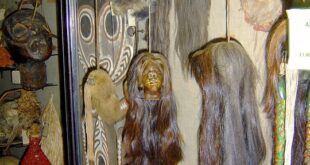Uncovering the Rich Cultural Contributions of Ancient Civilizations
Introduction
Human history spans thousands of years, and throughout this timeline, communities of people have made outstanding contributions to humanity’s collective culture. These societies brought art, literature, science, and infrastructure that laid the foundations for world cultures. Today, we still admire and benefit from their ancient inventions and hold them in great significance.
The Egyptians: Groundbreaking Technological Achievements
The ancient civilizations of Egypt have provided significant contributions to the world in terms of civilization, agricultural systems, philosophy, medicine, and art. Some of the finest achievements of this society include their innovative irrigation systems, fundamental innovations in architecture, and their renowned system of writing. Ancient Egyptian science also included early understandings of the problem-solving system, where they matched analogous figures to describe the relations between the abstract models of existence.
The Greeks: Fostering a Conducive Societal Environment
The Greek’s way of life has in many ways become a blueprint for western civilizations. The Greeks created comprehensive systems and techniques that covered almost every aspect of their peoples’ activities governing society. They also fostered creative arts with its elegant philosophy concerning human reason and intellectuality with their classic Greek reasoning. Moreover, they established further workings in fields of architecture in monumental an epic theatres.
The Mayas: Revered Cultural Contributions to Strict Astronomy Principles
The ancient peoples of Maya societies existed roughly two millennia ago. During this period, various accomplishments and astound discoveries are well spoken and appreciated. Considered the leading cultures for their societal groundwork in terms of government association, hierarchical dominance ruling with inherent talent for astronomers. In architecture, they fought to bring out pretty structures such as clear avenues and towering temple dominating Mayan towns, restoring intricate civilization spaces that depict and depict the ancient Mayan cosmology.
Conclusion
The ancient civilizations’ cultural contributions are still celebrated, accustomed even as far as shaping today’s social and emotional perspectives, theology practices, political and governance structures, engineering and infrastructures, decoration and beauty in art. Success or credit of these legacies goes to the contribution of familiar and revered institutions such as linguistic, archaeological studies, and architecture. In conclusion, nothing revolutionizes change and offers solution insights into current problems as taking time to appreciate cultural heritage and learn from past civilizations.
 Mind Uncharted Explore. Discover. Learn.
Mind Uncharted Explore. Discover. Learn.

